Sticking to your plan is easier said than done. But, it’s one of the best ways to stay safe in the backcountry.
Mountain Skills: Set a Plan and Stick to It
Mountain Skills: Hydrate or Die

We lose fluids through perspiration (sweating) and respiration (breathing). While ski touring, high elevation and drier air make this even more dramatic. And during the spring, warm weather further exaggerates the amount of fluid lost. Dehydration leads to a drop of performance—in stages from slowing down to bonking to needing medical attention.
Mountain Skills: Anticipating Point Release Avalanches
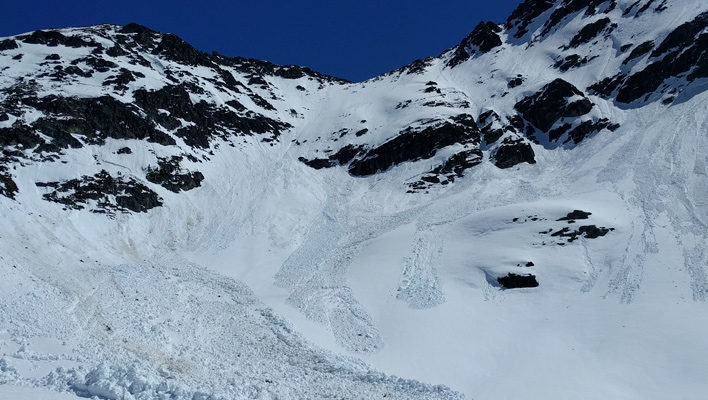
As the spring approaches, many of us turn our attention to steeper, more technical lines higher in the mountains. The layers of snow that formed throughout the winter begin to gain strength and the avalanche problem is less complicated—it’s ski mountaineering season! But as the temperatures climb, wet avalanches become a more regular, primary concern.
Mountain Skills: Knowing When To Turn Around
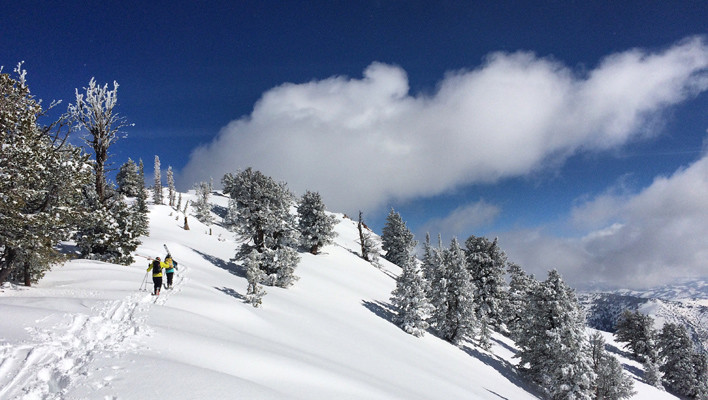
As spring approaches, the days get warmer and the snow on the ground changes; the daily cycle of snow warming and freezing heals many of the deep instabilities that persisted throughout the winter; typical instabilities become easier to predict. And while wet avalanches—either slab or loose—are easier to predict and run more slowly, they can still pack a punch. Therefore, getting off a slope before it becomes dangerous is important.
No Pasa Nada
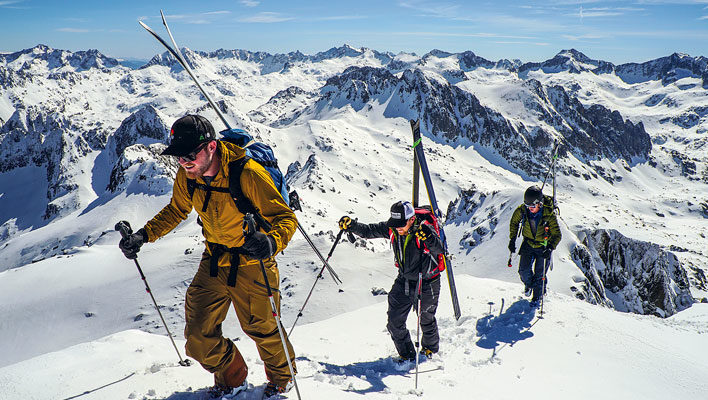
For a human-powered skier, the Spanish Pyrenees can be heaven on Earth. The mountains sport big relief and a steep, jagged silhouette. It’s easy to find peace and quiet on the skintrack, well-maintained roads make day tours from quaint villages simple, and dozens of mountain huts offer cold beer, simple, hearty meals and dorm-style lodging. […]
Mountain Skills: Travel Wisely
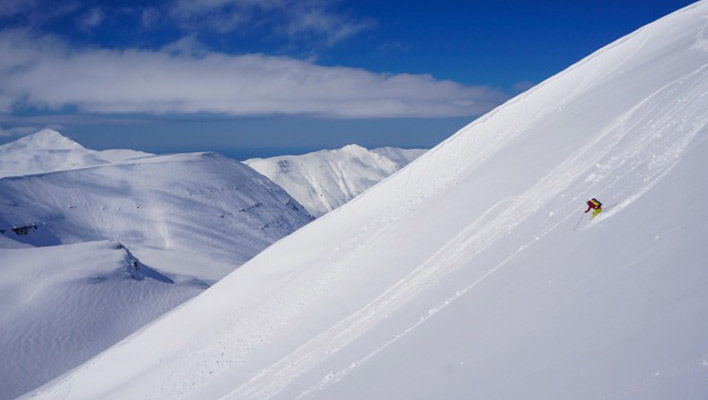
Spacing is the tactic people think they are most comfortable with, which leads to the answer, “One at a time.” The variable students forget to consider is the size of the hazard.
Mountain Skills: Skiing with Sharp Objects
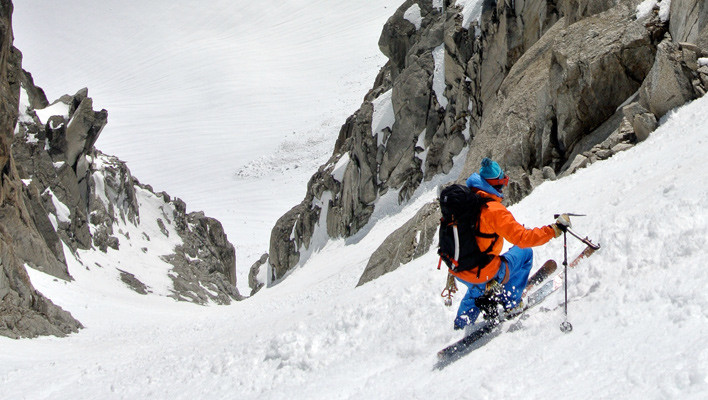
Ski crampons, boot crampons and a simple ice axe should be a part of every backcountry skier’s kit. You won’t need them everyday, but knowing when and how to use them can greatly improve security and enjoyment. Here’s how.
Mountain Skills: Exploring with Modern Navigation Tools
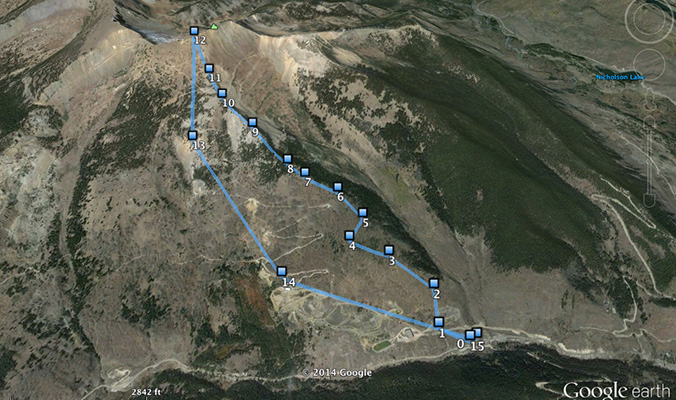
“My map and compass never have dead batteries.” This is the most common rationale I hear for not learning and adopting new technology. Film still works in cameras and the Postal Service still gets information from place to place, but there are better ways these days. The same is true for improving the way we tour plan and navigate. Here’s how to use modern navigation tools.
Mountain Skills: Making Better Observations
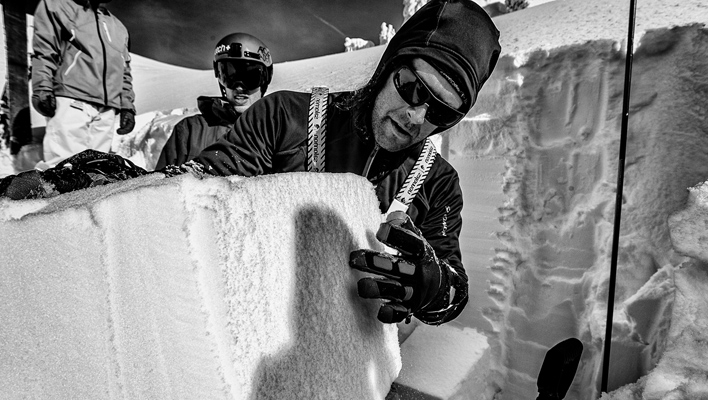
Turn to someone you trust—a more experienced friend or maybe a guide—and you’ll likely find out that they don’t dig too many pits, and they certainly never trust their life with the information gained in one snow pit. This disconnect can be confusing—after all, we learn to dig pits early in our education, but in reality most skiers don’t bother. Here’s when and how to dig to get the most information.
Mountain Skills: Budgeting Time for Success
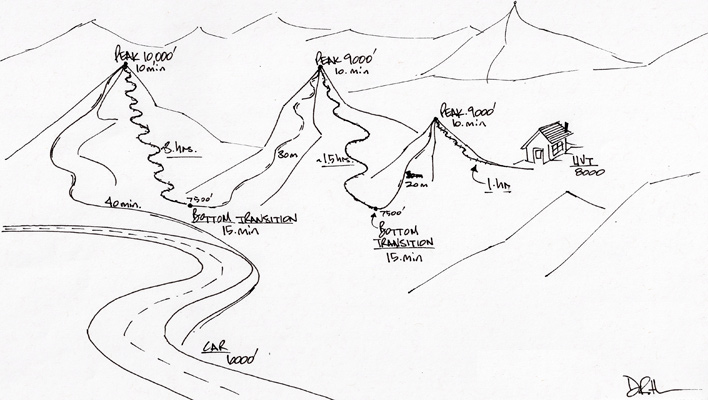
Do you always carry a headlamp when skiing in the backcountry? Find yourself using it a little too often? Then you might want to figure out why you’re always late. Understanding how long it takes to travel through the mountains will help you summit more peaks, ski more powder, not be pushing it as darkness looms and get home when your friends and family expect you. Here are some techniques from a hypothetical outing that you can apply to your tours and adapt to your needs.










